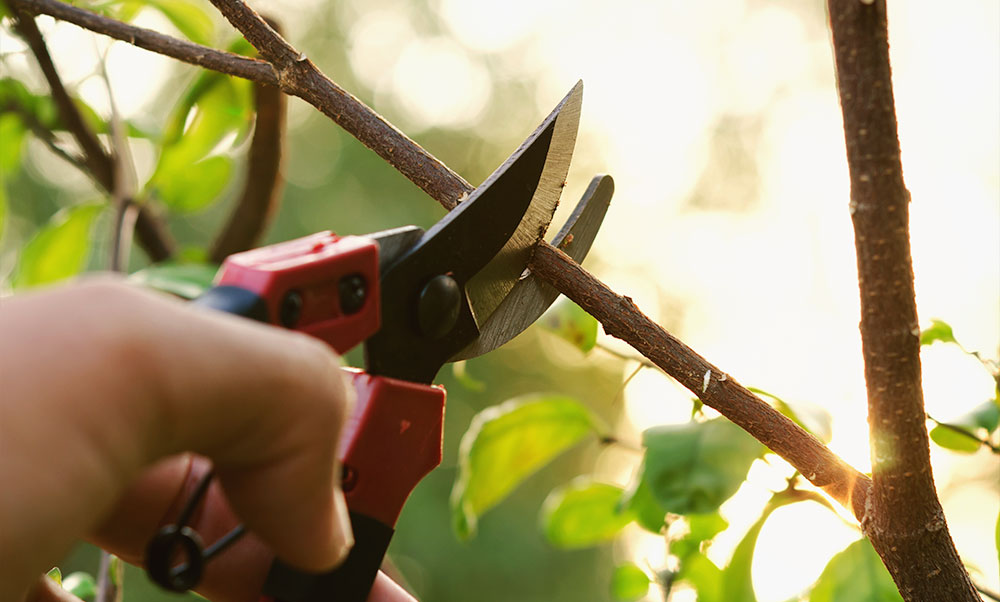Pruning keeps your garden looking tidy and healthy, but many people don’t realise that poorly timed pruning can disturb some of your garden’s most important visitors. Small native birds and pollinators rely on dense shrubs, trees and hedges for shelter, food and safe nesting spots. Knowing when to hold back with the secateurs helps protect wildlife and keeps your garden buzzing and chirping through the seasons.
Why timing matters
Many native birds build hidden nests in shrubs and trees during the breeding season, using thick foliage to protect their eggs and chicks from predators and harsh weather. In Australia, this often happens during spring and early summer, when plants are also putting on new growth and flowering. Cutting back too much at this time can leave nests exposed or remove the flowers that feed bees, butterflies and other pollinators.
Watch for signs of nesting
Before you prune, spend a few minutes quietly watching your shrubs and hedges. Are small birds ducking in and out of the same dense area? Do you hear soft chirping? If so, chances are you have a nest. Give it time — many native birds have quick breeding cycles, so waiting a few weeks can give chicks time to fledge safely.
The best times to prune
In general, the safest time for major pruning in Australia is late autumn or early winter, when most birds have finished nesting and plants are slowing down.
However, your climate zone can shift this timing:
Temperate and cool climates (southern NSW, VIC, SA, TAS): Major pruning is best from late autumn through early winter. Light shaping is fine in late summer once breeding has finished.
Subtropical and tropical climates (QLD, northern NSW, NT): Many birds breed for longer or have multiple clutches. Observe carefully — late winter to early spring can work for structural pruning, but always check for nesting first.
Arid and inland areas: Native plants may respond to irregular rain events rather than seasons. Check local bird activity and avoid pruning after good rains, when birds may breed opportunistically.
When in doubt, smaller, gentle pruning over time is better than a harsh chop in one go.
How to prune with wildlife in mind
When you do prune, think about how much cover you’re removing. For hedges and dense shrubs, cut back sections gradually rather than the whole plant at once, so birds still have safe hiding spots. Shape the outside, but leave some thicker growth inside for shelter. Try to prune after flowering if you can, so you don’t remove vital nectar sources for pollinators.
Use sharp, clean tools to make tidy cuts that heal well. Remove diseased or damaged branches first. Avoid pruning when the weather is very hot and dry, as it can stress plants and reduce the habitat available during peak heat. Always dispose of prunings responsibly — pile them up as habitat logs or mulch if you have room.
Let your garden be a little wild
A perfect hedge isn’t always best for local birds. Slightly untidy shrubs, mixed heights and dense native plantings make excellent nesting sites and help pollinators move through your garden more safely. Let flowers stay on plants as long as possible to feed bees and butterflies, then prune lightly after they finish.
The more you work with the rhythms of your garden — instead of fighting them — the more it rewards you with healthy plants, thriving pollinators and the happy sounds of native birds raising their young right in your backyard.
https://www.abc.net.au/gardening/how-to/pruning-101/13650496
https://www.abc.net.au/gardening/how-to/pruning-natives/9430616
https://www.bhg.com/gardening/trees-shrubs-vines/care/what-to-prune-when
